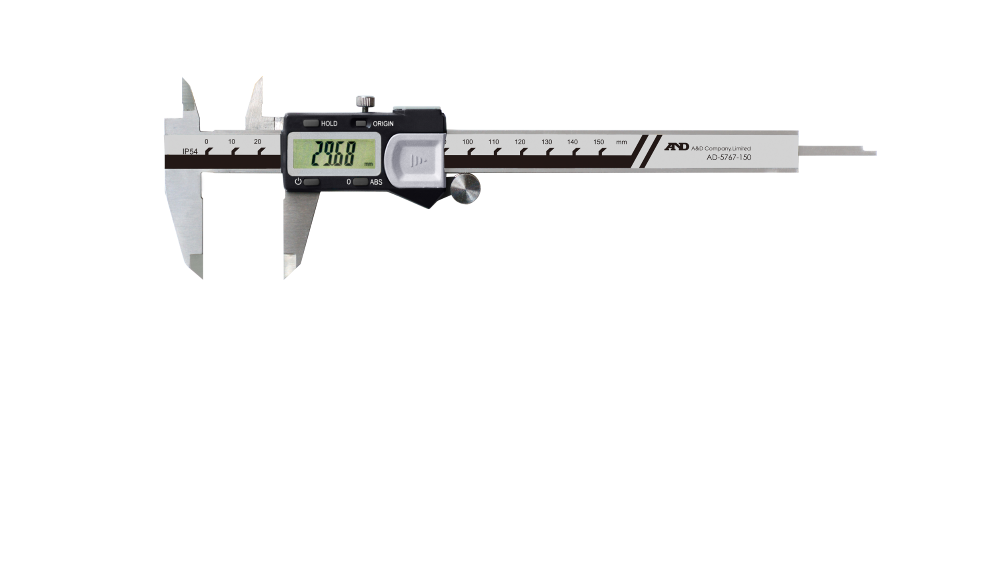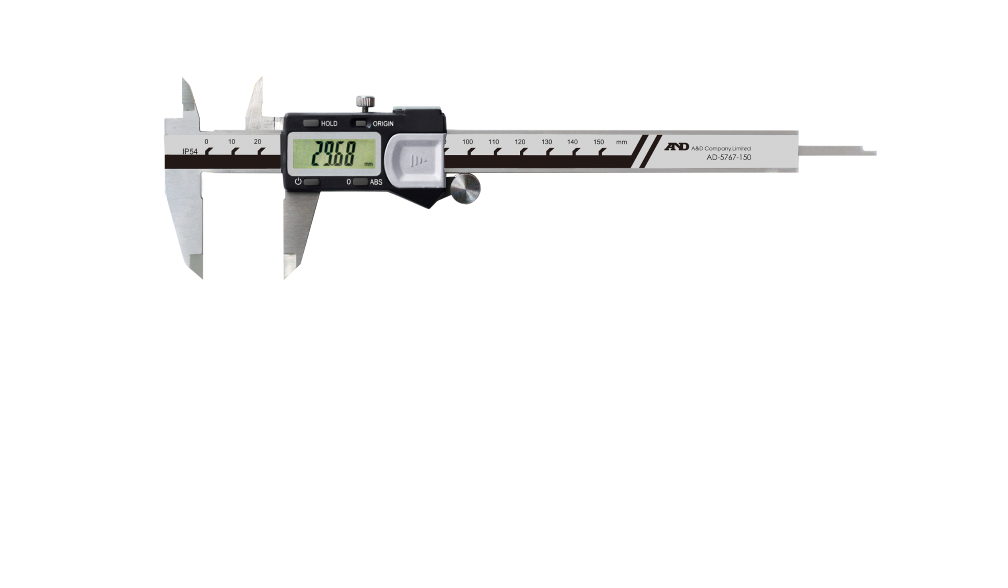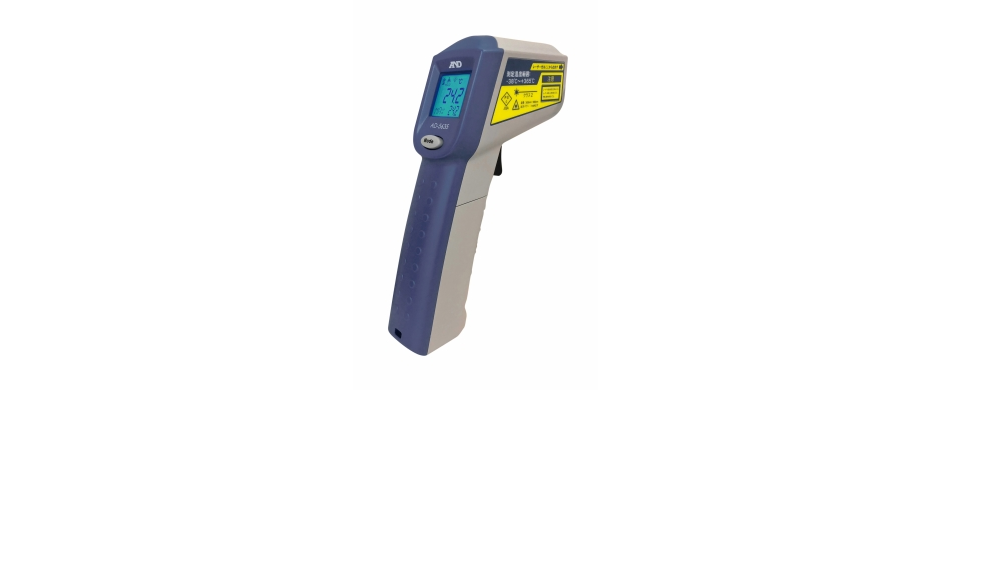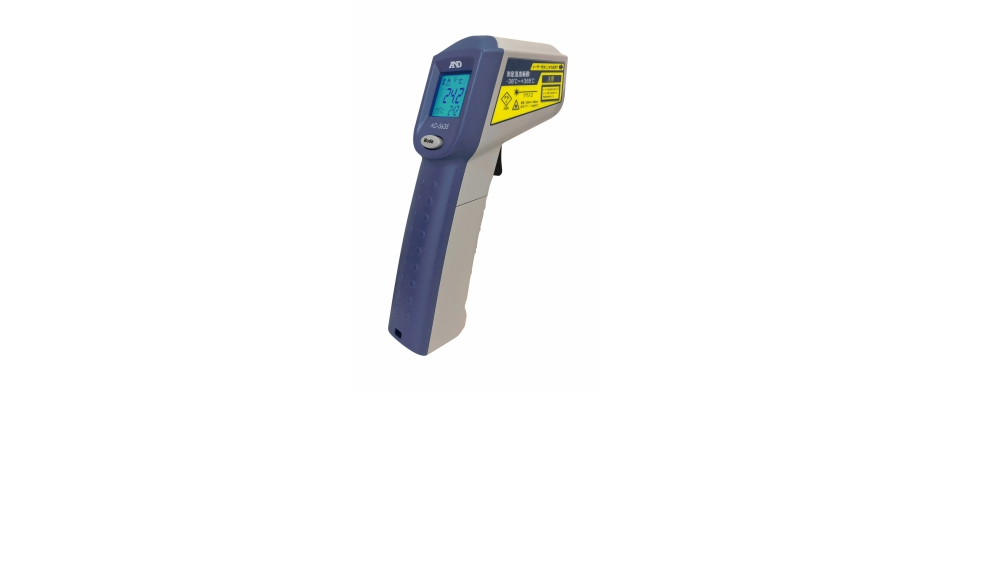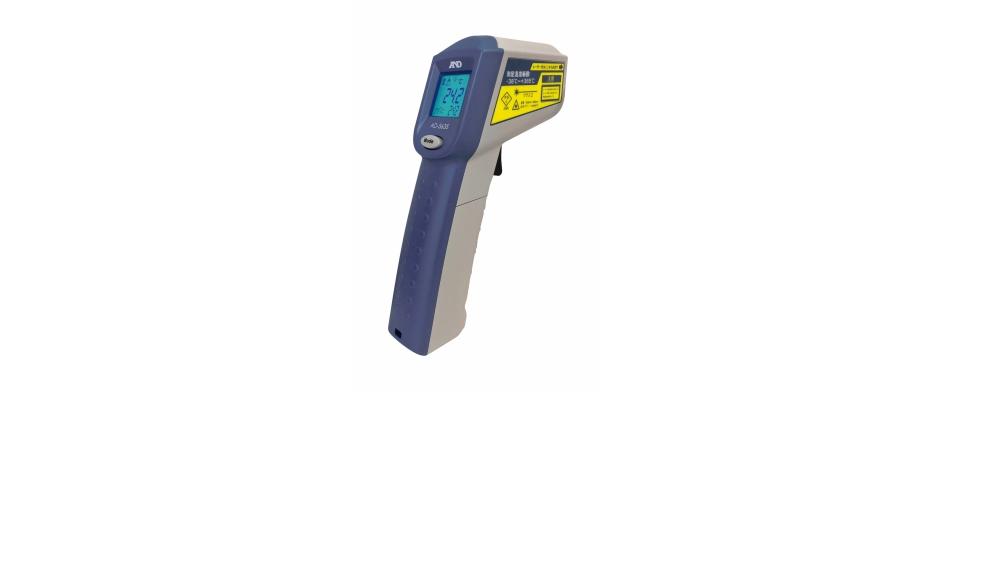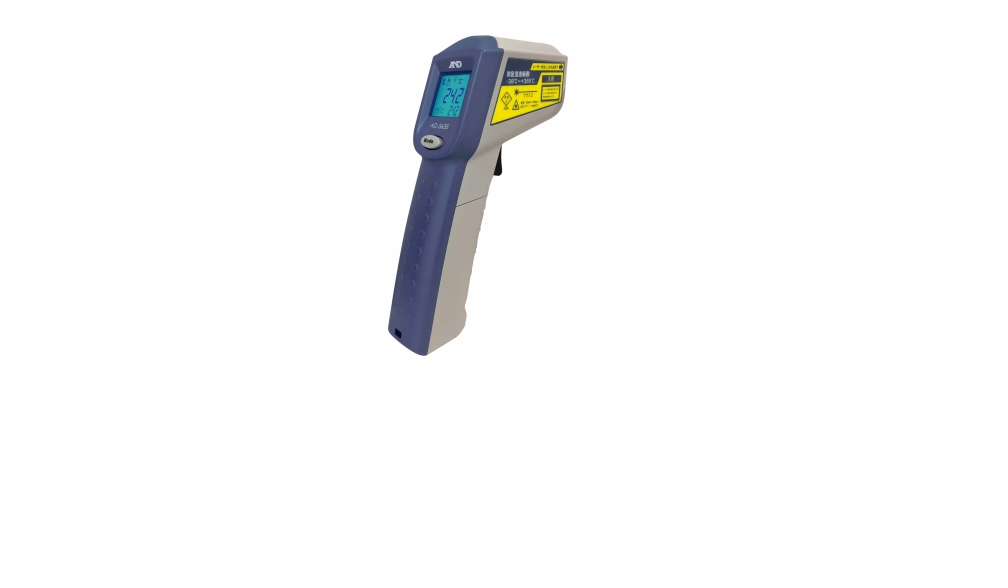A&D >
>
AD-3255 Measurement Principle of Ultrasonic Thickness Gauge (Sound Velocity Adjustment)
AD-3255 Measurement Principle of Ultrasonic Thickness Gauge (Sound Velocity Adjustment)
A&D >
>
AD5763-300 Factors of Caliper Measurement Error
AD5763-300 Factors of Caliper Measurement Error
A&D >
>
AD5763-200 Four measurement methods of calipers
AD5763-200 Four measurement methods of calipers
A&D >
>
AD-5635 What is Emissivity?
AD-5635 What is Emissivity?
A&D >
>
AD-5635 How to set the emissivity
AD-5635 How to set the emissivity
A&D >
>
AD-5635 The relationship between the distance & measurement range (D:S).
AD-5635 The relationship between the distance & measurement range (D:S).
A&D >
>
AD-5635 Advantages and Disadvantages of Contact and Non-Contact Thermometers Contact Thermometers:
AD-5635 Advantages and Disadvantages of Contact and Non-Contact Thermometers Contact Thermometers:
A&D >
>
AD-5635 Measuring Water Temperature in Fishing Using a Radiation Thermometer
AD-5635 Measuring Water Temperature in Fishing Using a Radiation Thermometer
A&D >
>
AD-5635 Measuring Temperature of Water and Glass through Infrared Thermometers
AD-5635 Measuring Temperature of Water and Glass through Infrared Thermometers

